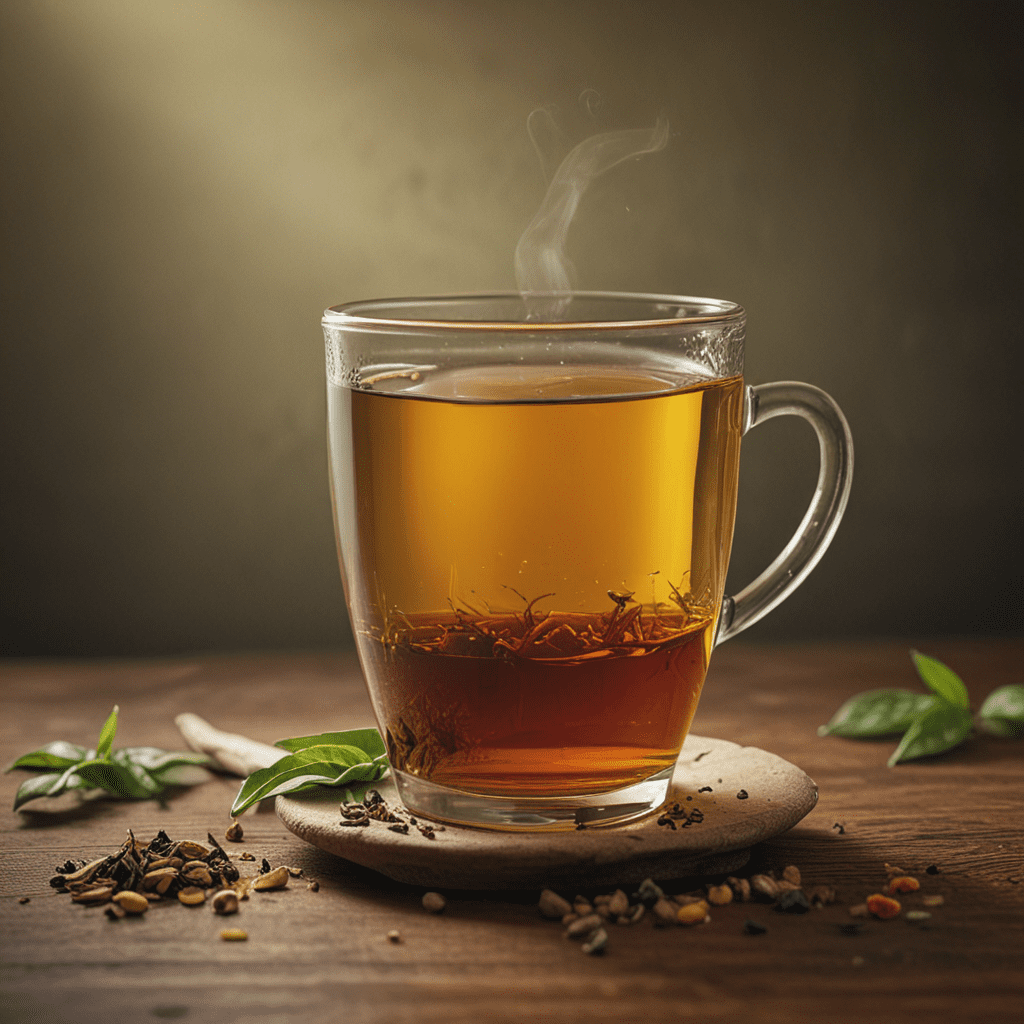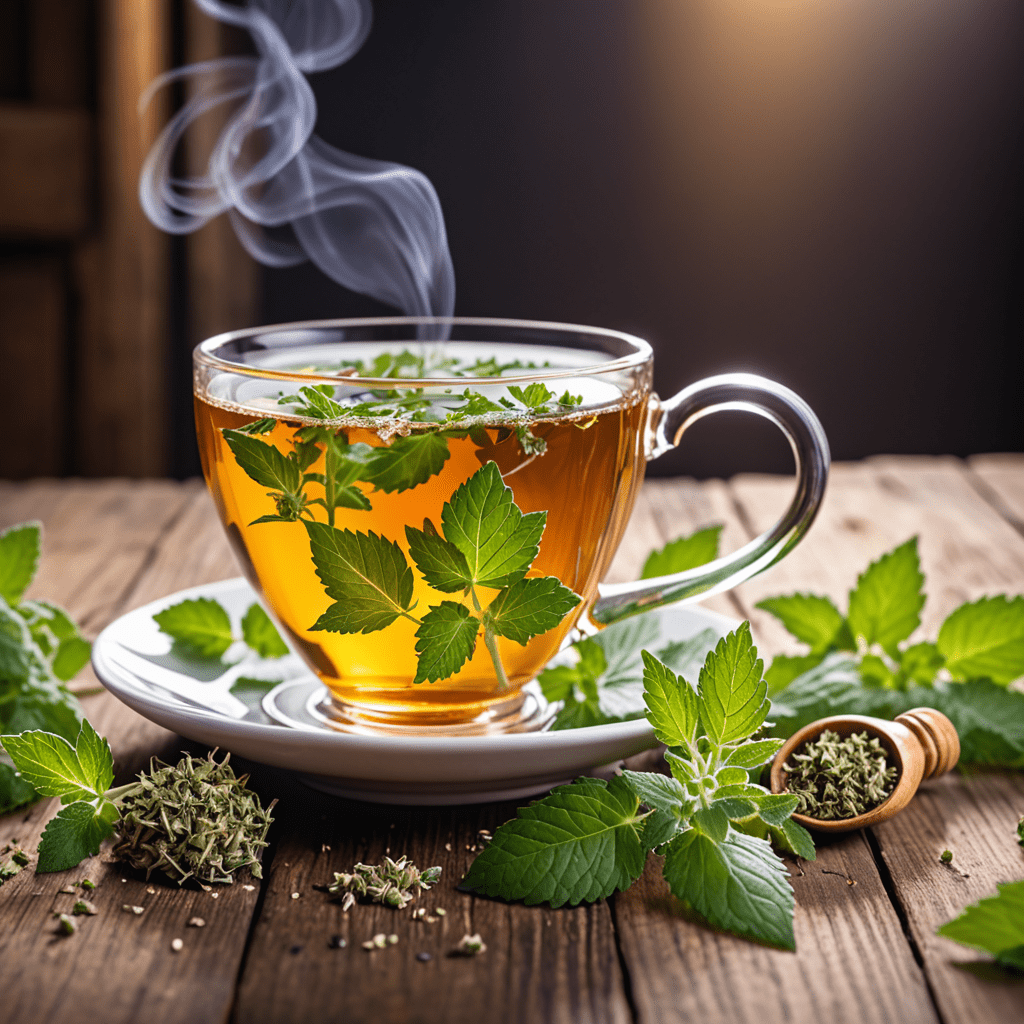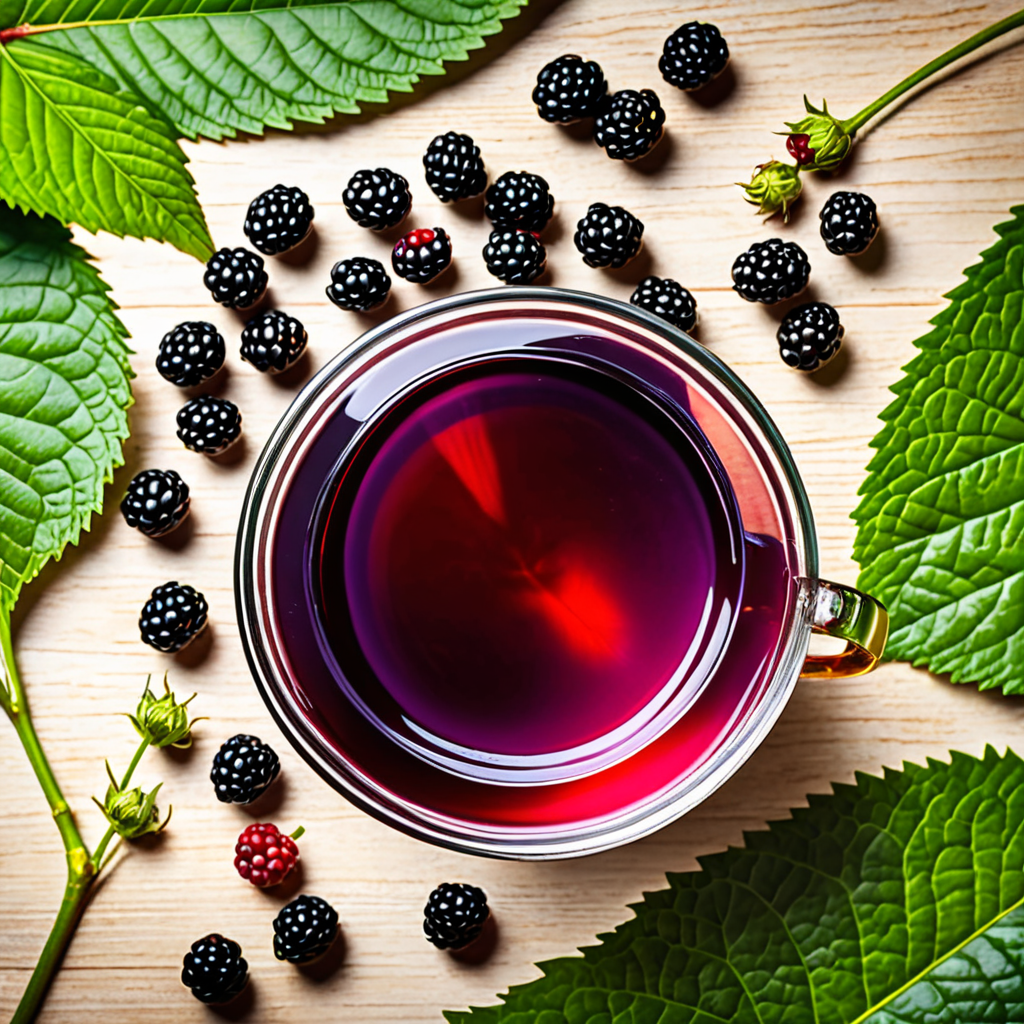
Darjeeling Tea: A Symphony of Flavors
Indulge in the captivating aroma and exquisite taste of Darjeeling tea, a celebrated beverage revered for its unique blend of flavors and aromas. Originating from the picturesque hills of Darjeeling, India, this exceptional tea has garnered global recognition as a symbol of luxury and refinement.
The Terroir of Darjeeling
Darjeeling tea owes its distinctive character to its exceptional terroir, a combination of geographical factors that create an ideal environment for tea cultivation. Nestled amidst the lofty Himalayas at an altitude ranging from 600 to 2,000 meters, the tea gardens of Darjeeling benefit from a unique climate characterized by warm days, cool nights, and abundant rainfall. The fertile soil and pristine water sources further contribute to the exceptional quality of Darjeeling tea.
Cultivation Practices
The cultivation of Darjeeling tea is a meticulous process steeped in tradition and expertise. Tea bushes are carefully selected and planted in well-drained soil, with each plant receiving individual attention to ensure optimal growth and quality. Organic farming techniques are employed to preserve the natural balance of the ecosystem, while sustainable practices ensure the long-term viability of the tea gardens.
Processing Techniques
Darjeeling tea undergoes a meticulous processing technique that involves either black tea or green tea production. Black tea, the most common type, is oxidized and fermented, resulting in its characteristic dark color and robust flavor. Green tea, on the other hand, is steamed and pan-fried to preserve its delicate and fresh taste. The precise control of temperature and humidity during the processing stage ensures the preservation of Darjeeling tea's unique flavors and aromas.
VI. Blending and Grading
Darjeeling tea is renowned for its intricate blending, a skill that has been passed down through generations of tea masters. Different teas are carefully combined to create a symphony of flavors and aromas, with each blend offering a unique experience. The art of blending lies in balancing the characteristics of individual teas, resulting in a complex and harmonious flavor profile.
Grading is another crucial aspect of Darjeeling tea production. Teas are meticulously graded based on their leaf size and quality. The finest teas, known as Orange Pekoe (OP), consist of whole, unbroken leaves and command a premium price. Smaller leaves and fannings are graded accordingly, each offering distinct characteristics and uses.
VII. Health Benefits
Darjeeling tea is not only a culinary delight but also a source of numerous health benefits. It is rich in antioxidants and polyphenols, compounds known for their protective effects on the body. These antioxidants help neutralize free radicals, which are unstable molecules that can damage cells and contribute to the development of chronic diseases.
Studies have suggested that Darjeeling tea may aid weight management and improve heart health. Its catechins, a type of antioxidant, have been shown to boost metabolism and reduce the absorption of dietary fat. Additionally, the tea contains theaflavins, which have antioxidant and anti-inflammatory properties that may support cardiovascular health.
VIII. Cultural Significance
Darjeeling tea is deeply ingrained in the cultural fabric of the region. The sprawling tea gardens are not merely agricultural landscapes but symbols of Darjeeling's rich heritage. The tea industry has been a cornerstone of the local economy for centuries, providing employment and sustenance to countless families.
Tea gardens are popular tourist destinations, offering visitors a glimpse into the intricate process of tea cultivation and allowing them to experience the breathtaking natural beauty of the Himalayas. Darjeeling tea has become synonymous with the region, a source of pride and a beloved tradition.
IX. Sustainable Practices
Sustainability is a cornerstone of Darjeeling tea production. Tea gardens are committed to preserving the delicate ecosystem of the Himalayas and promoting responsible farming practices. They implement environmental conservation measures such as reforestation and soil conservation to ensure the long-term viability of the tea industry.
Ethical sourcing and fair trade practices are also emphasized to ensure that tea garden workers are treated with respect and receive fair compensation. By embracing sustainability, Darjeeling tea producers not only safeguard the future of their industry but also contribute to the well-being of their communities.
X. Conclusion
Darjeeling tea is a captivating beverage that embodies the harmonious blend of nature, tradition, and human ingenuity. Its exceptional flavors and aromas, coupled with its myriad health benefits and cultural significance, have made it a cherished worldwide treasure. As the demand for this exquisite tea continues to grow, Darjeeling tea gardens are committed to preserving its quality, heritage, and sustainability, ensuring that future generations can continue to savor the symphony of flavors that makes it truly remarkable.
##FAQs
What is the best way to brew Darjeeling tea?
Darjeeling tea should be brewed using fresh, cold water. Heat the water to just below boiling (around 195-205°F) and steep the tea leaves for 3-5 minutes.
How many times can I reuse Darjeeling tea leaves?
Darjeeling tea leaves can be reused 2-3 times, each infusion offering a slightly different flavor profile.
What is the difference between black and green Darjeeling tea?
Black Darjeeling tea is oxidized and fermented, giving it a dark color and robust flavor. Green Darjeeling tea is steamed and pan-fried, preserving its delicate and fresh taste.
Is Darjeeling tea caffeinated?
Yes, Darjeeling tea contains caffeine, but less than coffee. The caffeine content varies depending on the season and growing conditions.
Where can I buy Darjeeling tea?
Darjeeling tea can be purchased from specialty tea shops, online retailers, and some grocery stores.

